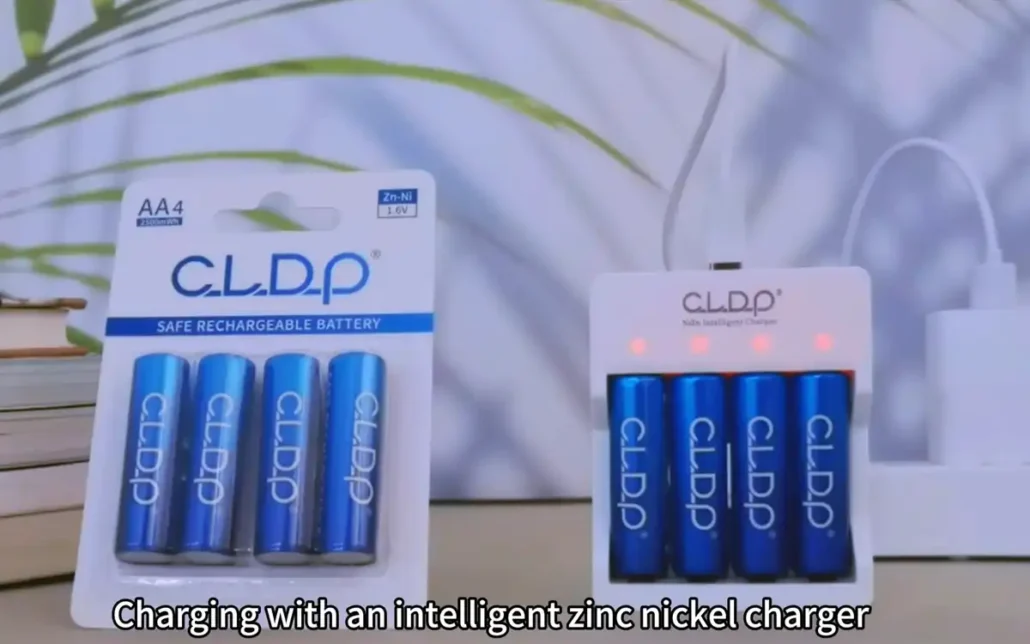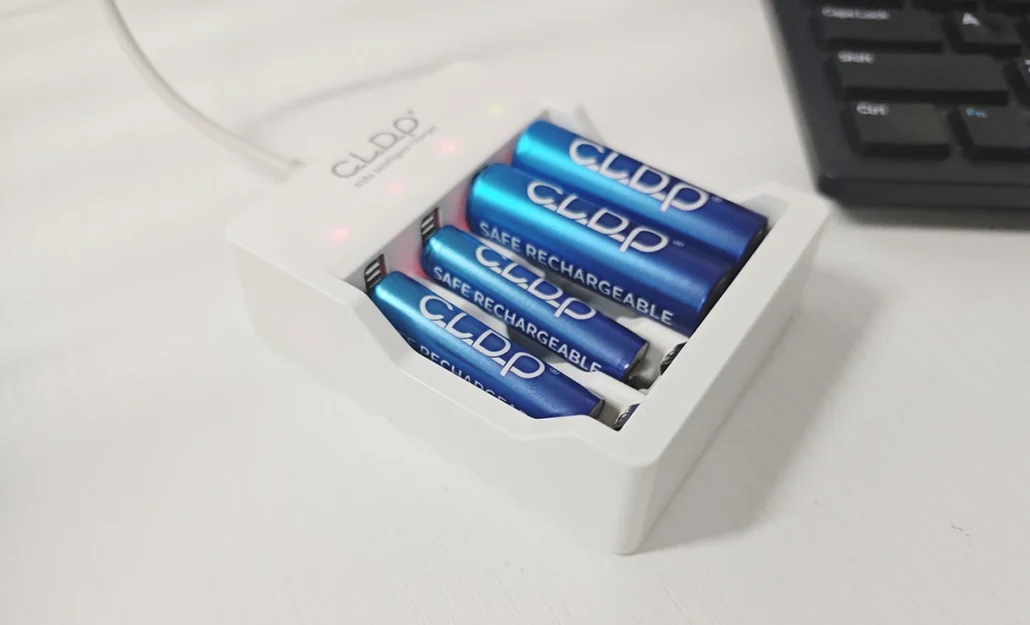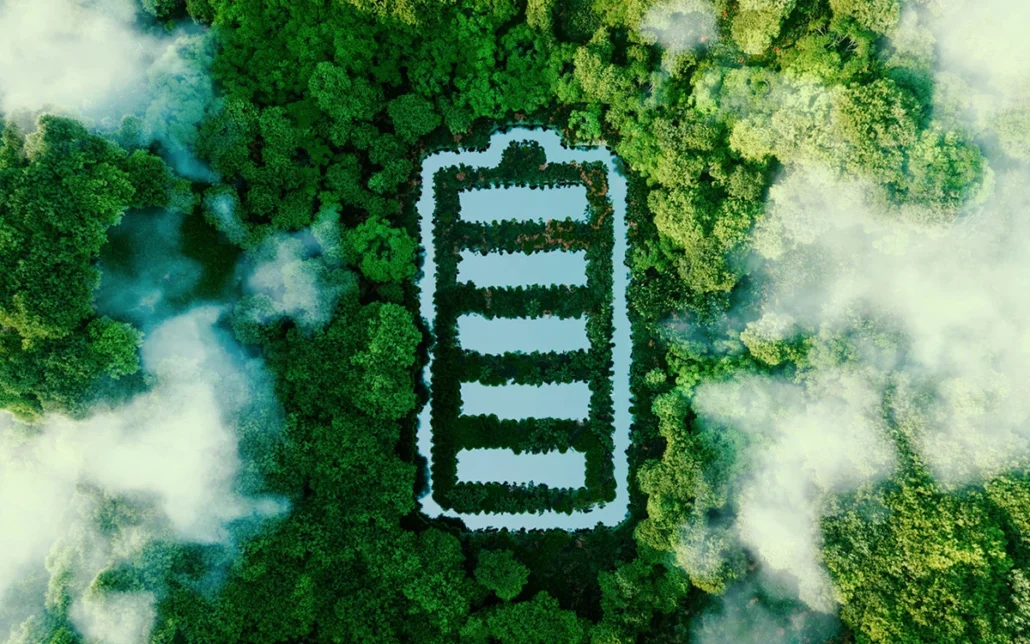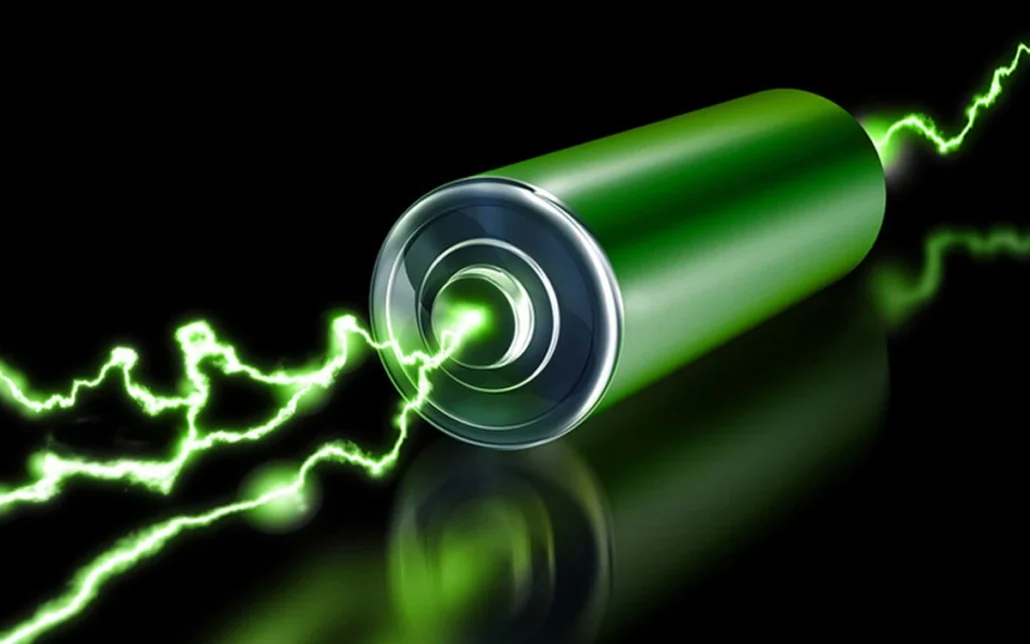The main reason why zinc nickel batteries (Zn Ni) cannot use nickel hydrogen (NiMH) chargers is due to significant voltage differences and technical requirements between them.
Voltage mismatch
The nominal voltage is different: the nominal voltage of zinc nickel batteries is 1.6V, while the nominal voltage of nickel hydrogen batteries is 1.2V. This means that ordinary nickel hydrogen chargers are designed to adjust the output voltage and current based on 1.2V, and such chargers cannot provide the higher voltage required by zinc nickel batteries.
Voltage after fully charged: When a zinc nickel battery is fully charged, its voltage can reach about 1.9V, while a nickel hydrogen battery is about 1.4 to 1.5V when fully charged. If a nickel hydrogen charger is used to charge a zinc nickel battery, the voltage may not be high enough to achieve the optimal charging state of the zinc nickel battery.

Differences in Charging Methods
Nickel hydrogen chargers typically use methods based on voltage drop or temperature changes to determine whether the battery is fully charged, and stop charging or switch to trickle charging mode accordingly. However, zinc nickel batteries are more suitable for constant voltage charging, which involves maintaining a fixed high voltage until the battery is fully charged. This difference means that the charging logic of nickel hydrogen chargers is not suitable for zinc nickel batteries, which may lead to overcharging or undercharging issues.
In summary, due to the technical differences mentioned above, it is not feasible to directly use nickel hydrogen chargers to charge zinc nickel batteries. Therefore, in order to ensure the safety and performance of zinc nickel batteries, chargers specifically designed for them should be used.




